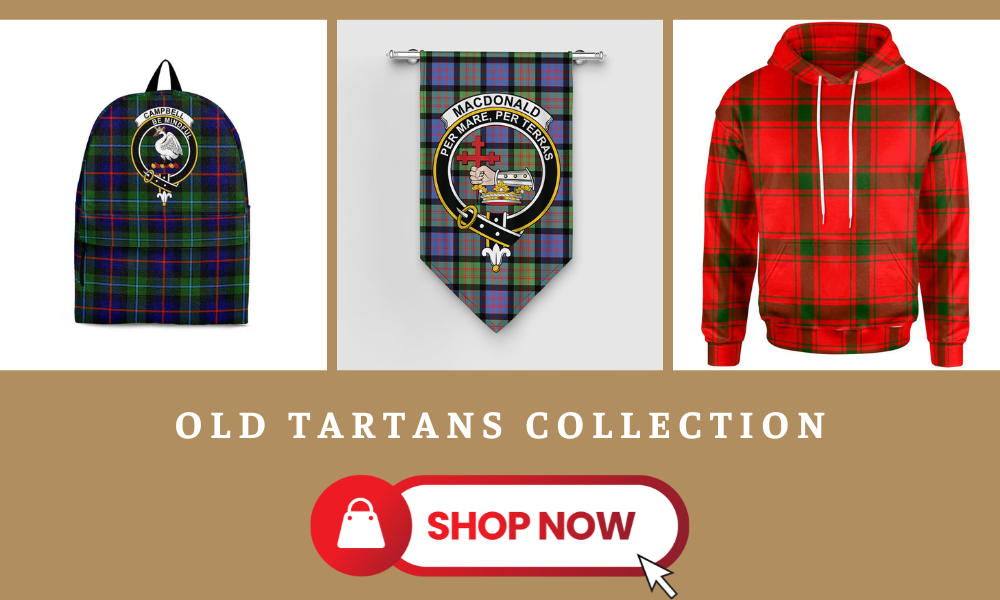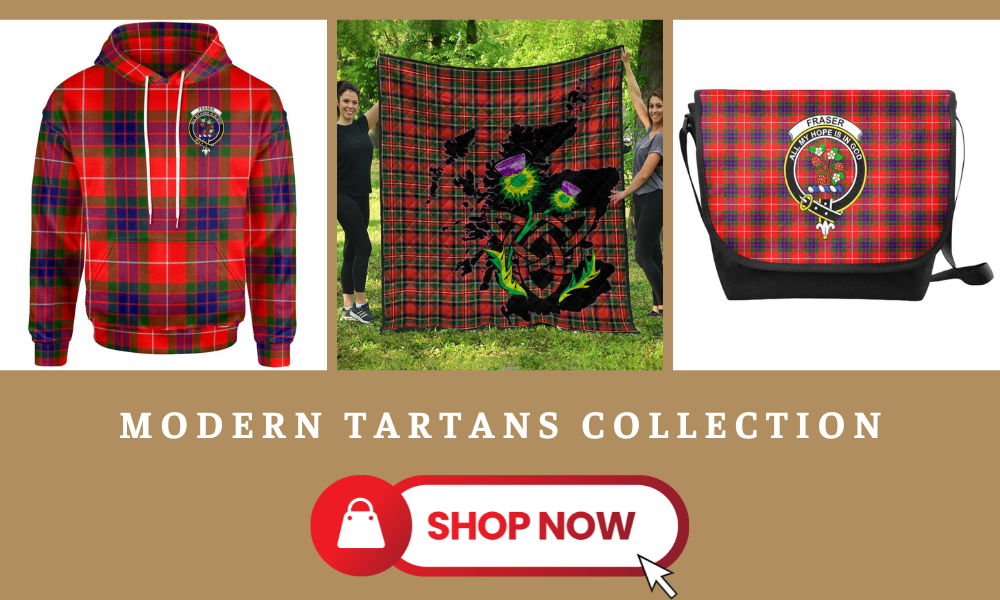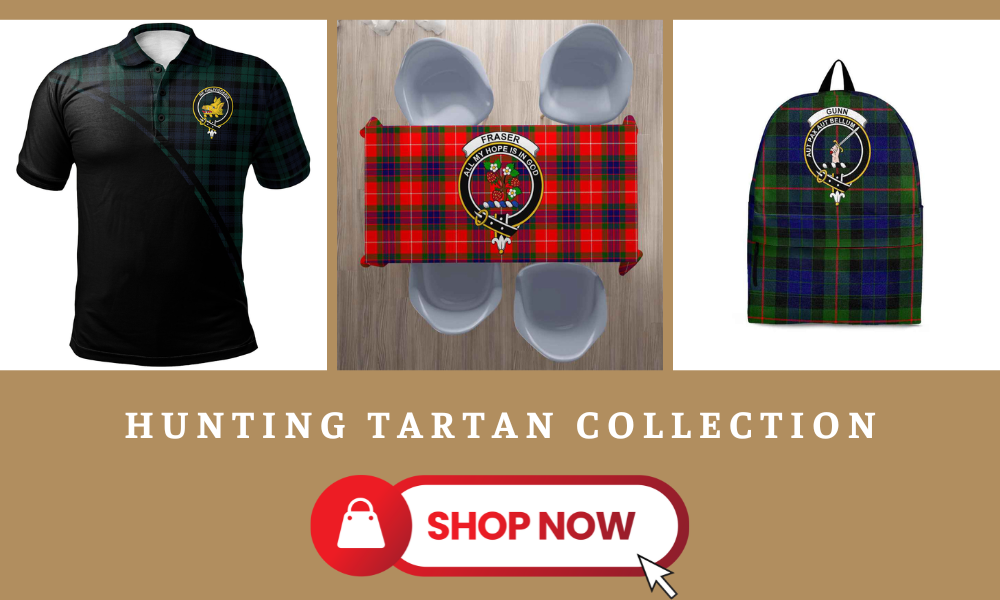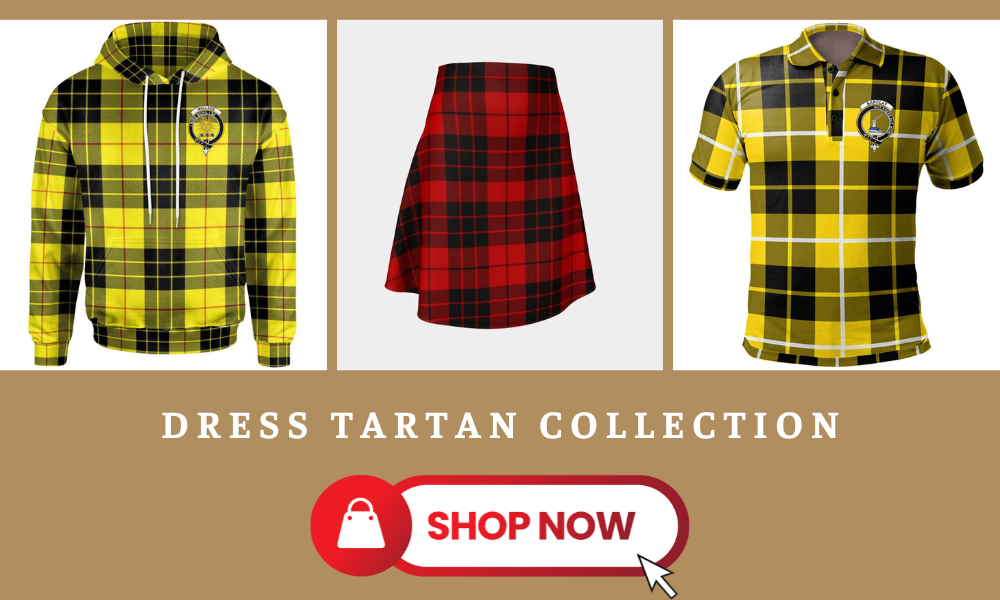Posted by Maris on 7th Oct 2024
Types of Tartans: Ancient, Modern, and More Variants
Tartans are woven symbols of Scottish ancestry and identity, not just designs on fabric. These tartans have a fascinating and significant history that spans centuries. They also have beautiful designs and an intriguing combination of colors. However, did you know that tartans come in various forms, each with special qualities?
In this post, we'll explore the interesting world of tartan varieties, with an emphasis on historical, contemporary, and other variations.
The History of Tartan in Scotland
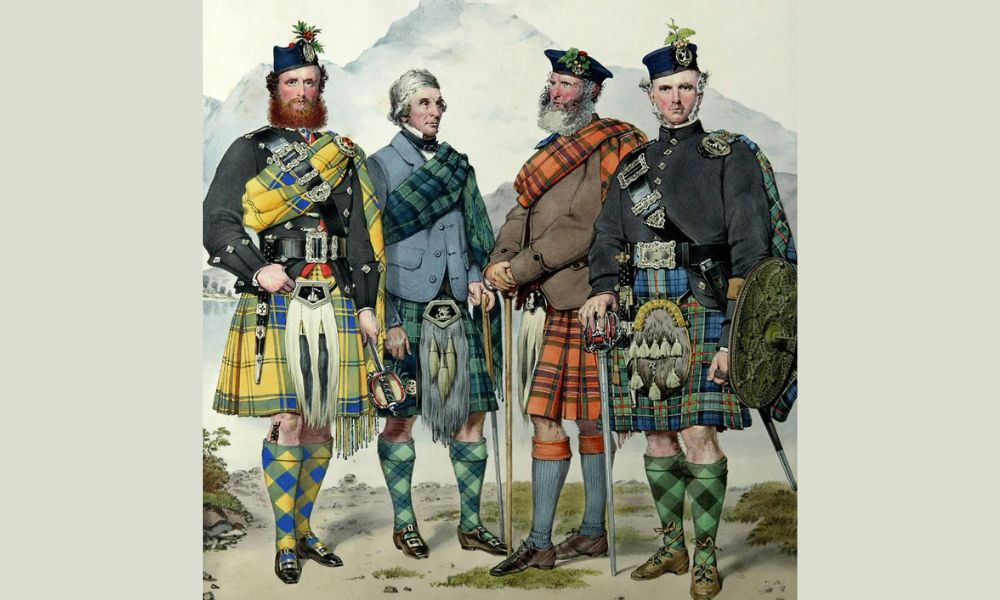
The Celtic tribes once inhabited the Scottish Highlands are connected to the origins of tartan patterns. These patterns began as straightforward and uncomplicated and evolved into the intricate and eye-catching patterns we are accustomed to seeing today.
The Development of Tartan Patterns: Scottish Highlanders began utilizing local wool and dyes to create designs in the 16th century when tartan patterns first appeared. These patterns were initially simple and practical, and many areas of clans evolved their distinctive styles.
The Impact of Geography and Landscape: Scotland's diverse topography greatly influenced how Scottish tartan patterns evolved. Natural dyes derived from local plants, berries, and minerals created many tints and colors. The rugged terrain inspired the earthy browns, greens, and blues hues, while the vibrant reds and yellows were motivated by the gorse and heather covering the Highlands.
Clan Affiliations and Traditions: As the Scottish tartan tradition evolved, each clan produced a unique design to represent its history and identity visually. These distinctive tartans, which served as markers of pride and clan devotion, were lovingly preserved and passed down from generation to generation.
Types of Tartans: Ancient Tartans
The earliest patterns documented are called "Old Tartans," or ancient tartans. Until 1860, garments were colored using plant and animal dyes, producing softer colors like sky blue and mossy green. It is stated that the patterns are more clearly seen in the Ancient tartans with greater contrasts than in the Modern tartans, which have a more orangey-red tone. As seen by tartans like the Ancient Campbell tartan of Clan Campbell and the Ancient MacDonald tartan of Clan MacDonald, each tartan maintains its pattern or sett despite differences in hue.
Types of Tartans: Modern Tartans
Modern tartans result from designers and weavers experimenting with new color combinations and elaborate patterns as the craft of tartan weaving developed. Because chemical dyes became available in the 19th century, tartans today come in a wider range of vivid and striking colors. The soft blue and green tones become a rich bottle of green and navy blue, and the reds become a vivid crimson. Since these tartans are frequently modern, they are well-liked in traditional and stylish contexts. The Clan Fraser Tartan and the Royal Stewart Tartan are well-known contemporary tartans.
Types of Tartans: Hunting Tartan
The Hunting Tartans, or camouflage tartans, are not worn by some clans. Hunters can hide and camouflage themselves using these kinds of tartans, which frequently have earthy tones and muted hues that blend in perfectly with the natural environment. While certain tartans, like the Black Watch or Clan Gunn tartans, feature patterns that help them blend in, hunters attempting to blend in would find it difficult to wear the Fraser tartan of Clan Fraser, which is predominantly red.
Types of Tartans: Dress Tartan
Special occasions and traditional Scottish dancing called for the creation of the Dress Tartans. These tartans are renowned for their vivid hues and elaborate patterns, which give them an eye-catching and visually spectacular appearance. The tartan's sett or pattern doesn't change; white is added as a supplementary or major color to make it more elegant and bright. Dress tartans are frequently used to create evening gowns, formal kilts, and other elegant attire. Occasionally, Scots defy convention by utilizing yellow thread rather than white, producing distinctive variations such as Clan MacLeod's MacLeod Dress Modern and Clan Barclay's Barclay Dress Modern tartans.
Types of Tartans: Weathered Tartan
Weathered tartans, also called "Muted Tartans," are part of a unique category of tartans that imitate the worn-out appearance of ancient materials brought on by exposure to weather, sunlight, and other forces. This produces muted, fading hues resembling olive greens, browns, light blues, and pinkish-hued reds. Weathered tartans are a popular choice because of their rustic charm and narrative potential. The Weathered Wallace designs of Clan Wallace and the Weathered MacKenzie of Clan MacKenzie are two well-known examples of weathered tartans.


